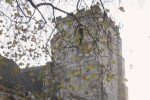The Cemeteries of Roman York
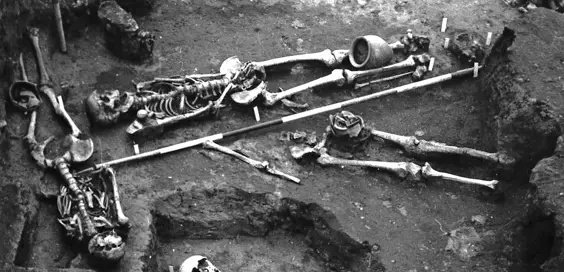
By Adam Parker
Roman cemeteries were always outside of the city walls, for reasons of hygiene, and frequently followed the major roads into or out of the city. Every road leaving York has yielded some evidence for a cemetery close by – the city was literally surrounded by them.
Cemetery sites are known from the Mount, Fishergate, Driffield Terrace, Trentholme Drive, Lawrence Street and the railway station. The latter was by far the largest. In fact, the railway station and the Mount cemeteries may be a single, elongated necropolis leading from the river on the south-west side of the colonia to the highest point in the immediate landscape.
Cemeteries catered for all social classes in the Roman world, the only real indicator of status being the nature of the objects placed into the grave with the deceased. To offer an indication of the size of a Roman cemetery, we need only turn to the first formal excavation of one in Britain – Trentholme Drive, located south-west of the colonia on the Mount.
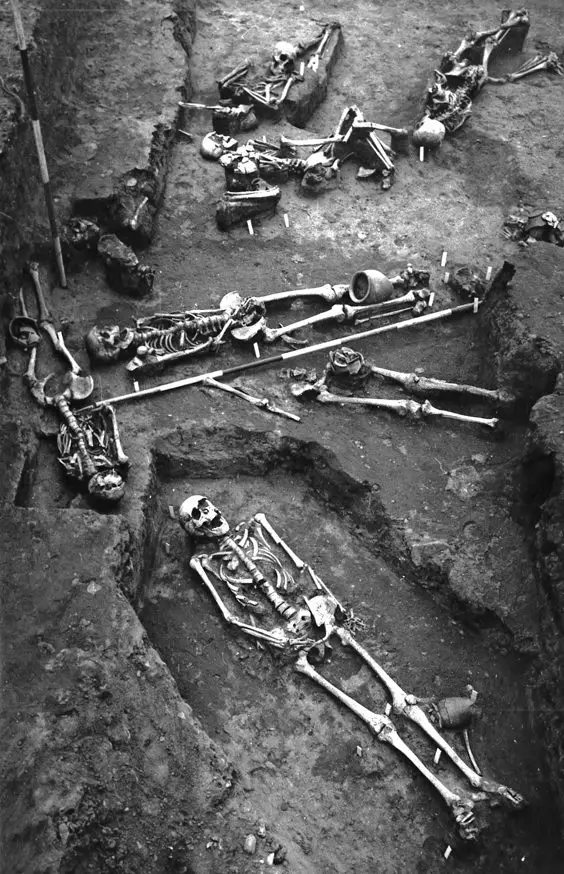
Excavated by L. P. Wenham in the 1950s, the cemetery at Trentholme Drive is one of the busiest that we have found. Note the close proximity and differing alignments of the graves and, also, that at least one here has been cut into by a later grave (only the legs of the skeleton survive).
(Image from the Yorkshire Museum archive)
Discovered entirely by chance in 1951 by schoolchildren, Trentholme Drive was excavated by Leslie Peter Wenham. The Trentholme Drive excavations were, really, a small spotlight into the much, much larger cemetery site mentioned above. The area, measuring 43 m x 22 m, yielded fifty-three cremations and over 300 burials. Many of the burials cut into earlier ones, showing that the cemetery was used over a long time.
The cemeteries of York were covered with monuments to the departed. Tombstones and grave markers came in all shapes and sizes from small plaques or wooden stakes to huge stone crypts with lockable doors. Many festivals throughout the Roman calendar honoured the dead and family ancestors, so the graves may have been well looked after.
The huge cemeteries would have been another really prominent place in the landscape of Eboracum. The Emperor Septimius Severus died in York in AD 211 and was famously cremated here in a ceremony held to the west of the city. Cremation was the dominant tradition in the first and second centuries AD but became more and more unfashionable throughout Roman Britain during the third and fourth centuries AD.
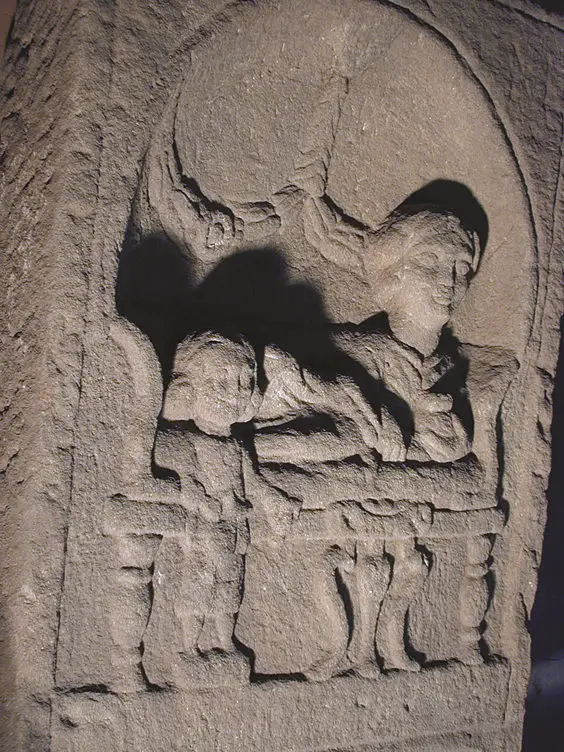
Not every Roman grave was marked by a tombstone but a large, professionally carved tombstone was a sign of affluence and status. This carving depicts Candida Barita and her daughter Mantinia Maerica in a traditional dining scene. The Mount, 1922. In the Yorkshire Museum (YORYM: 2007.2902).
(©York Museums Trust (Yorkshire Museum) [CC BY-SA 4.0])
York, however, has some amazing cremation evidence from this period with the use of elaborate ‘head pots’ in the city. A head pot depicted a realistic-looking human face and used the entire circumference of the pot to give this impression.
The imperial family temporarily lived in York between AD 208 and 211. A pair of head pots showing the likeness of the Empress Julia Domna and her son (and later, Emperor) Caracalla have been found and there is nothing else quite like them from anywhere else in Britain.
The Julia Domna head pot is from a small cemetery at Fishergate, south-east of the city. She is depicted as a true Roman matron, both poised and elegant. Her hair is in the same style (tied up in bunches and pulled back from the face) that we find on coins that show her face.
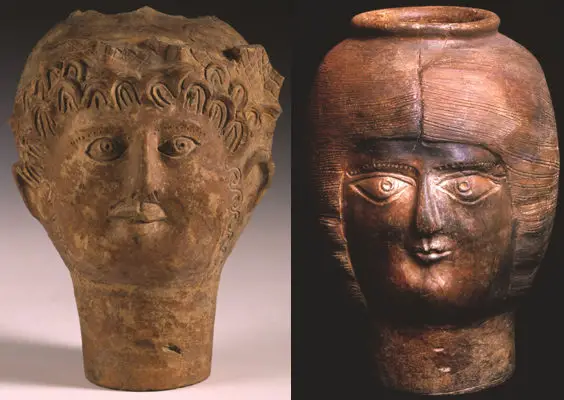
Head pots depicting the Empress Julia Domna (right) and her son, and later Emperor, Caracalla (left). In the Yorkshire Museum (YORYM: H2132 & H2135).
(©York Museums Trust (Yorkshire Museum) [CC BY-SA 4.0])
Caracalla wears a diadem on his pot, identifying him as the Emperor. Both have been used as cremation containers in York. It is likely that both represent examples of celebrity-worship related to the imperial family – commemorative jars depicting the faces of the most powerful people in the known world is an understandable phenomenon.
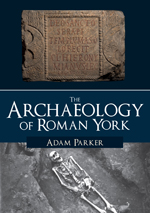
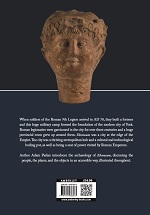 Article taken from ‘The Archaeology of Roman York’ by Adam Parker, published by Amberley Publishing, £14.99 paperback, ISBN: 9781445686073
Article taken from ‘The Archaeology of Roman York’ by Adam Parker, published by Amberley Publishing, £14.99 paperback, ISBN: 9781445686073
